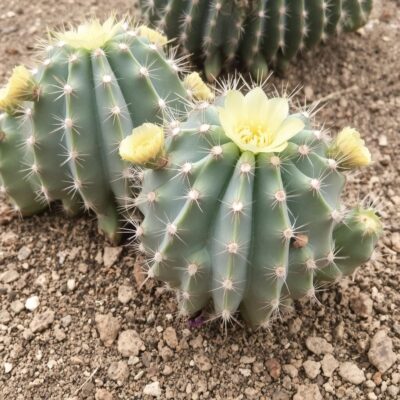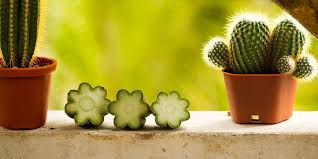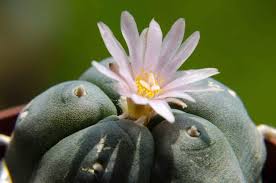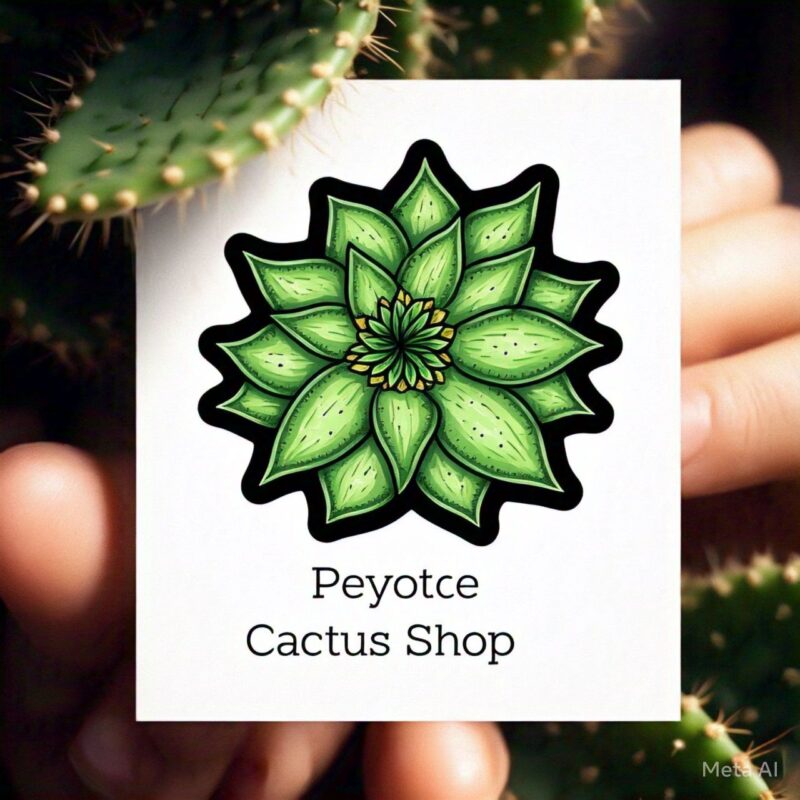Uncategorized
Can You Buy Peyote Cactus?
can you buy peyote cactus? Peyote Cactus: A History of Sacred Use and the Chemistry of Mescaline

The peyote cactus (scientifically known as Lophophora williamsii) has long been revered for its spiritual significance, particularly in Native American and Indigenous traditions. With its psychedelic properties derived from the active compound mescaline, peyote has been central to shamanism and ceremonial practices for centuries. In this article, we will explore whether you can legally purchase peyote cactus, its rich history of sacred use, and the science behind its hallucinogenic effects.
can you buy peyote cactus Legally?
Legal Status of Peyote in the United States

The legal status of Lophophora williamsii depends on your location and the purpose of its use. In the United States, peyote is classified as a Schedule I controlled substance under the Controlled Substances Act. This classification makes the recreational purchase and use of peyote illegal. However, there are exceptions for members of the Native American Church (NAC), where peyote is used as part of protected religious ceremonies.
Peyote for Religious and Spiritual Use

Members of federally recognised tribes who practice shamanism or other sacred ceremonies involving peyote are legally allowed to harvest, possess, and consume peyote cactus. This exemption acknowledges the deep cultural and spiritual significance of Lophophora williamsii to Native American communities.
Peyote Cactus Cultivation Laws

In some regions, it is legal to cultivate peyote cactus for ornamental or scientific purposes, provided that it is not consumed or distributed for its hallucinogenic properties. If you are considering growing Lophophora williamsii, always check your local and national laws to ensure compliance.
The History of Sacred Use: Peyote in Indigenous Traditions
Peyote in Native American Ceremonies

The use of peyote cactus in spiritual and healing practices dates back thousands of years. Archaeological findings suggest that Indigenous peoples in Mexico and the southwestern United States have used Lophophora williamsii for over 5,000 years. For Native American tribes, peyote is more than just a plant; it is a sacred medicine used to connect with the divine.
During peyote ceremonies, participants consume the cactus to induce visions, which are believed to provide spiritual guidance, healing, and clarity. Accompanied by prayers, chanting, and ritual songs, the ceremony is a central part of shamanistic traditions.
Peyote and Shamanism

In the context of shamanism, peyote serves as a gateway to the spirit world. Shamans consume peyote to enter altered states of consciousness, communicate with spirits, and gain insights for healing or divination. The hallucinogenic effects of mescaline allow shamans to transcend ordinary reality and access a higher level of understanding.
The Chemistry of Peyote: Mescaline and Its Effects
What is mescaline?

Mescaline is the primary psychoactive compound found in Lophophora williamsii. As one of the oldest known psychedelics, mescaline has been used for both spiritual and recreational purposes. Chemically, mescaline resembles neurotransmitters like serotonin, which are responsible for mood regulation and perception.
When ingested, mescaline interacts with serotonin receptors in the brain, particularly the 5-HT2A receptor. This interaction results in profound changes in sensory perception, mood, and consciousness, leading to a hallucinogenic experience.
The Effects of Mescaline

The effects of mescaline can last between 6 and 12 hours, depending on the dosage and individual tolerance. Common effects include:
- Visual hallucinations: Users often report seeing vivid colours, patterns, and shapes.
- Altered perception: Time and space may feel distorted.
- Euphoria: A sense of emotional openness and spiritual connectedness.
- Introspection: Enhanced self-awareness and deeper insight into personal thoughts and feelings.
While many individuals describe peyote experiences as positive and life-changing, it can also cause side effects such as nausea, vomiting, and anxiety, particularly in those unprepared for its intensity.
The Role of Peyote in Modern Psychedelic Research
Renewed Interest in Psychedelics

The resurgence of interest in psychedelic substances like psilocybin, LSD, and mescaline has led to increased scientific exploration of their therapeutic potential. Researchers are studying how mescaline could be used to treat mental health conditions such as depression, PTSD, and anxiety.
While the use of peyote cactus remains limited to ceremonial and religious settings, synthetic mescaline is being explored in clinical trials as a potential therapy.
Ethical and Environmental Concerns

The growing popularity of peyote has raised concerns about overharvesting. Wild populations of Lophophora williamsii are increasingly threatened by habitat destruction and unsustainable harvesting practices. It is essential to prioritise the protection of this sacred plant and respect its cultural significance to Native American and Indigenous communities.
Can You Grow Peyote at Home?
Peyote Cultivation for Ornamental Use

In some jurisdictions, it is legal to cultivate peyote cactus as an ornamental plant, provided that it is not used for its hallucinogenic properties. Lophophora williamsii is a slow-growing cactus that thrives in dry, arid environments. It can take several years for the plant to mature and produce its iconic button-like tops.
Legal Considerations

Before attempting to grow peyote, research your local laws to determine its legal status. Even in places where cultivation is allowed, consuming or distributing the cactus may still be illegal.
Frequently Asked Questions About Peyote Cactus
Q: Can anyone buy peyote legally?
A: The legal purchase of peyote cactus is restricted to members of the Native American Church for religious purposes. Recreational purchase and use are illegal in most regions.
Q: Is mescaline the same as peyote?
A: Peyote refers to the Lophophora williamsii cactus, while mescaline is the psychoactive compound found within the plant.
Q: What does peyote feel like?
A: Consuming peyote produces hallucinogenic effects, including visual and auditory distortions, euphoria, and spiritual insights.
Q: How long does peyote last?
A: The effects of mescaline from peyote can last between 6 and 12 hours, depending on dosage and individual tolerance.
Final Thoughts on Peyote Cactus and Mescaline
The peyote cactus (Lophophora williamsii) holds a unique place in both spiritual traditions and modern psychedelic research. Its active compound, mescaline, has been revered for its hallucinogenic properties, offering users profound spiritual experiences and personal insights. can you buy peyote cactus, its cultural and spiritual significance to Native American and Indigenous communities cannot be overstated.
Whether explored for its history, chemistry, or potential therapeutic benefits, peyote remains a fascinating symbol of the intersection between nature, spirituality, and science.

